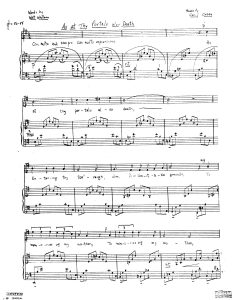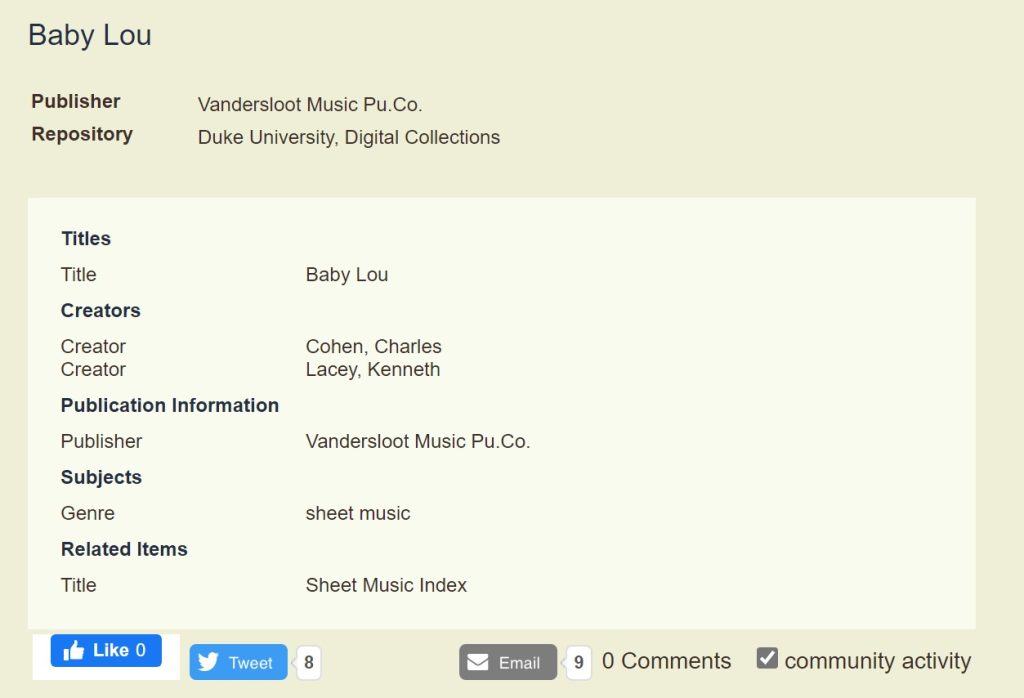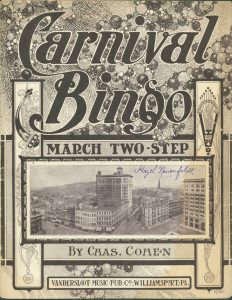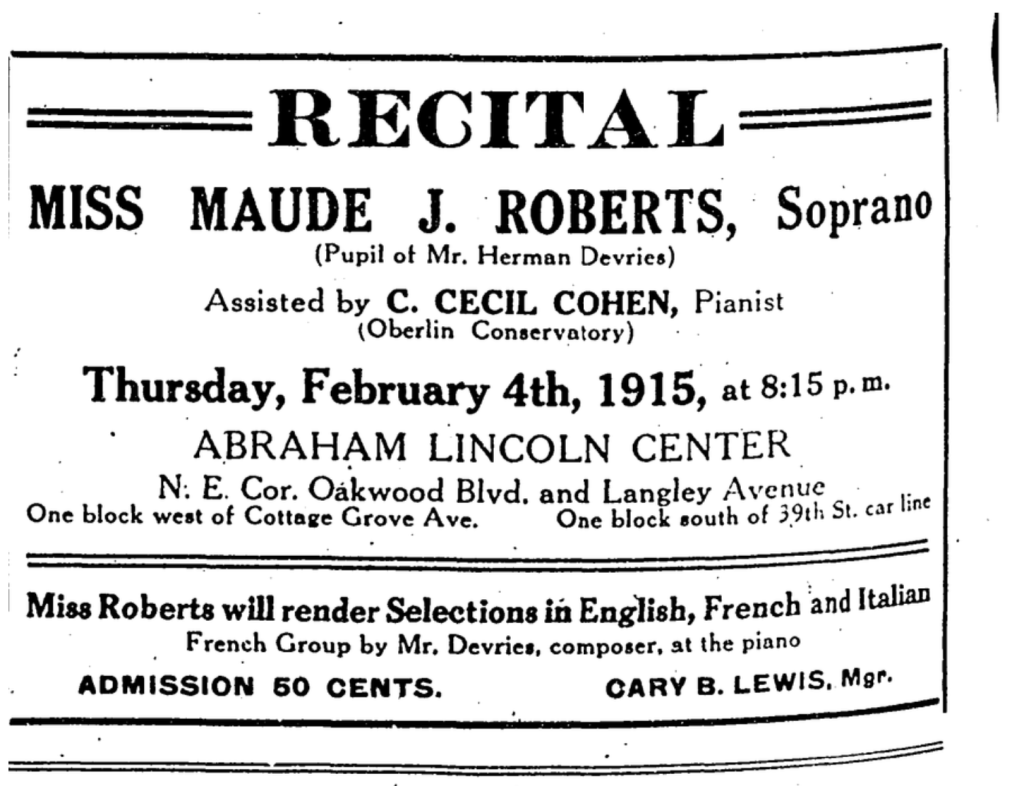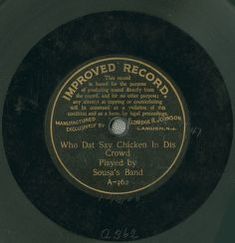The villancico was the most popular musical genre in the Spanish colonies of New Spain and Peru, dominating the cathedral radio waves from the 16th century through the end of the 18th. A somewhat ambiguous term, villancicos are best understood as folk tunes and texts formalized into a Renaissance or Baroque style and performed by cathedral musicians on feast days and holidays, especially the feasts of Immaculate Conception, Corpus Christi, and Christmas. There was a wide variety of texts and instrumentations used to compose these villancicos; especially in the colonies, they would also take on the dialect or “style” of an ethnic group, particularly that of Aztecs and enslaved Africans in the form of tocotines and negrillos, respectively.1
It isn’t difficult to see the parallels throughout the history of the Americas; as they say, history doesn’t necessarily repeat itself, but it often rhymes. The ubiquity of villancicos negros is just an early iteration of the same general trend of Europeans appropriating dialect associated with enslaved Africans and their descendants for views, just like 19th century minstrelsy and 21st century white TikTokers. In New Spain and Peru, villancicos negros were extremely popular and can be found in almost every major cathedral archive.2 Beyond being labeled as such, negrillos can best be identified by the use of onomatopoetic syllables and dialectic speech in the text, and syncopation in the music; besides these elements, they tended to be composed much the same as other villancicos.3
“Tarará, qui yo soy Antón,” by Música Temprana
The above audio is a recording by Música Temprana, a Netherlands-based Early Music group specializing in Latin American Baroque, of a villancico negro by 17th century composer and chapel master Antonio de Salazar. The refrain (estribillo) “Tarará, qui yo soy Antón” is repeated between short verses (coplas); the elements of a typical negrillo, onomatopoeia and strong syncopation, are quite apparent in this piece, especially in the refrains. The large majority of chapel masters, who were composing the most music, had either immigrated from Europe or were descended from Europeans; in modern lingo their use of dialectic styles in these villancicos negros, whether “accurate” or not, would be considered cultural appropriation.
1 Pope, Isabel, and Paul R. Laird. “Villancico.” Grove Music Online. 2001; Accessed 14 Dec. 2021. https://www.oxfordmusiconline.com/grovemusic/view/10.1093/gmo/9781561592630.001.0001/omo-9781561592630-e-0000029375.
2 Stevenson, Robert. “Renaissance and Baroque Musical Sources in the Americas” Washington: General Secretariat, Organization of American States, 1970.
3 Stevenson, Robert. “Ethnological Impulses in the Baroque Villancico.”. 1994 Inter-American Music Review 14, no. 1: 67-106, https://www.proquest.com/scholarly-journals/ethnological-impulses-baroque-villancico/docview/1309815/se-2?accountid=351.

